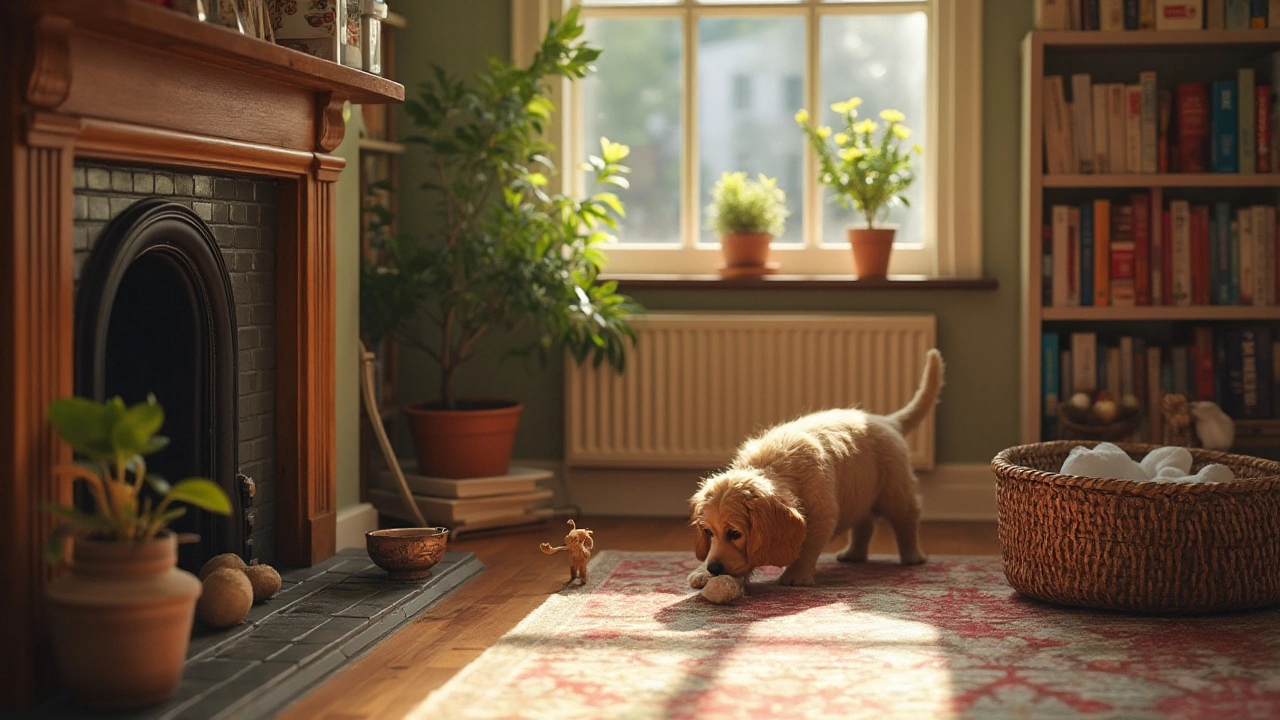Housebreaking Your Puppy Made Simple
Got a new pup and wondering how to stop those indoor accidents? You’re not alone. Housebreaking isn’t magic—it’s a routine of consistent cues, timing, and praise. Below you’ll find a straight‑forward plan that fits most busy owners and keeps both you and your dog happy.
Step‑by‑Step Housebreaking Plan
First, set a feeding schedule. When you know when your puppy eats, you can predict bathroom breaks. Take the puppy out first thing in the morning, after each meal, after playtime, and before bedtime. A 5‑minute walk to the same spot each time trains their nose to associate that spot with relieving themselves.
Use a cue word like “go potty” while the puppy is doing business. Say the cue once, then wait. When they finish, give a quick treat and lots of praise. Consistency is key—use the same word every time so the pup learns the connection.
Crate training helps because dogs naturally avoid soiling where they sleep. Choose a crate just big enough for the puppy to stand, turn, and lie down. If they can fit a bathroom roll, they’ll likely use the floor instead. Put the puppy in the crate for short periods (30‑60 minutes) when you’re home and can watch them.
Accidents happen. When you spot one, clean it with an enzymatic cleaner right away. This removes scent and reduces repeat visits to the same spot. Never punish after the fact—puppies don’t link the punishment to the accident, and it can make them fearful.
Common Mistakes and How to Fix Them
One big mistake is letting the puppy roam free before they grasp the routine. Limit their space to a few rooms until they’re reliably going outside. Another is inconsistent timing—missing a bathroom break can confuse the dog and cause indoor accidents.
Some owners use harsh collars or harsh sounds. Those tools can stress the puppy and don’t teach the right behavior. Positive reinforcement—treats, praise, play—is far more effective and builds trust.
Lastly, don’t change the spot outside too often. Dogs love a familiar scent. Pick a quiet, easily accessible spot and stick with it for at least two weeks before considering a move.
Housebreaking is a marathon, not a sprint. With a solid schedule, clear cues, and patient praise, most puppies get the hang of it within a month. Keep tracking the times, stay consistent, and enjoy the relief when the messes stop. Happy potty training!

When Can a Puppy Safely Roam Free at Home?
Deciding when a puppy can safely roam free at home is crucial for both the puppy's development and the owner's peace of mind. It's essential to consider various factors like the puppy's age, training level, and the safety of the home environment. This article provides tips and insights on preparing your home, recognizing the right time, and implementing proper training to ensure your puppy is both free and safe.
View more